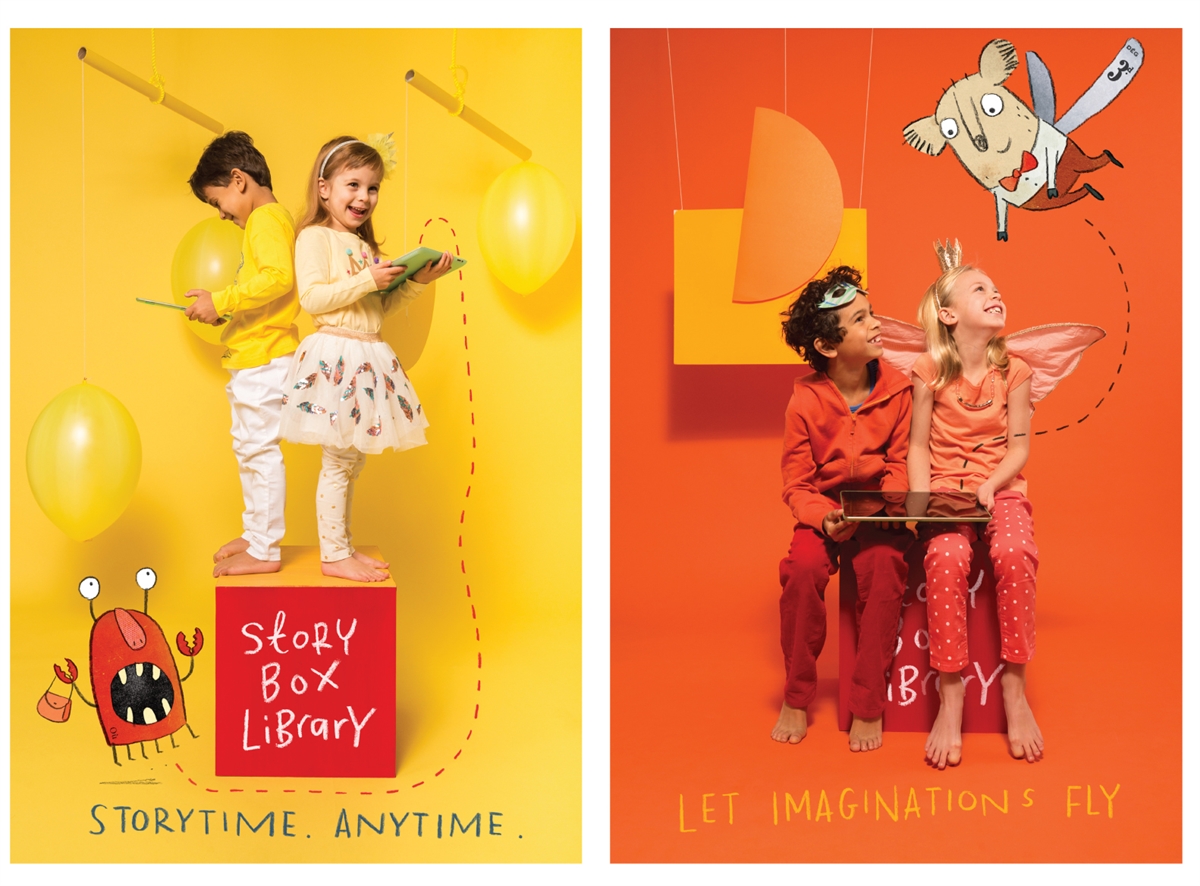Planning your homeschool year
- Karen Chegwidden

- Jan 8, 2021
- 3 min read
I love January! For many years, January has been the month that I spent getting ready for our homeschool year. January is fresh starts, clean desks and new supplies. January is possibilities. January is hopes and dreams, as yet untouched by reality. January is for planning.
What does that preparation look like in your homeschool journey? As much as I wanted a perfect room - and I do admire those amongst us who manage to achieve this - the reality of too much stuff and not enough space always meant our space was far from perfect. So for me, preparation was usually focused on the goals for our new school year, curriculum choices and the planner book that I came to love, which I designed myself and tweaked every year.
Setting Goals
In order to set goals, you first need to know where you are up to. Were last year's goals achieved? What is your child’s progress through the syllabus you follow? Once you know that, you can start to think about where to from here? What are the most important things for my student to achieve this year? What are my child’s interests?

Of course, educational goals should always be SMART - Specific, Measurable, Achievable, Realistic and Time-bound. If you haven't yet come across this system of goal setting, head on over to Google and read one of the many excellent articles you’ll find.
Next, think about how you will achieve your goals. What do you need? What have you already got? What learning opportunities might be available to us in our community this year? Remember to check out museums, art galleries, zoos and so on. Remember to think about how you can use your HEA member benefits to support your learning. Over the years I used discounted subscriptions, insurance for events to facilitate group learning activities and free member benefits like Google Classroom and Storybox Library. This year, there are more member benefits that ever - including Newsademic, National Online Theatre and Microsoft O365.
Creating the Planner Book
I created my own planner book by printing out A4 pages, using a set of cardboard dividers to organise the pages, and taking it to Office Works to have it spiral-bound. I just used ordinary dividers, but in order to make the binding possible, I covered over the pre-cut holes with sticky tape on both sides of the page. A planner book made like this is inexpensive, and individualised.

I included a two-page spread for each week for each child, as well as spaces to fill in reading lists, field-trips & group learning opportunities, curriculum listings, attendance records - basically any list I thought I might need. The planner booker had a dual purpose - planner and tracker. It helped me plan the overall educational program for each of my children for the year, as well as tracking exactly what we did each day. It was both a planner, and my system of keeping records, which made registration easy. I learned early on to plan in pencil for easy adjustments (my enthusiasm rarely matched my kids ability to fit that many things into the day!). As the kids grew older and became more independent, they would tick off the things they had done. Sometimes, they would complete the weeks assignments in four days and earn themselves a long weekend.
I added photos to the cover of the planner book too. At the beginning of the year is was a mostly empty book of lists - and by the end of the year it was bulging with evidence of our learning adventures.
How do you prepare for the new year of learning that lies ahead?
















Comments